What are different types of period pain?
Many women can attest to the fact that having a period is no walk in the park. Along with bloating, fatigue and mood swings, menstruation can also bring on pelvic cramps, lower back pain, and abdominal discomfort. For some, the pain is so severe that it interferes with their everyday activities.
But are there different types of period pain, and what are the best ways to find relief? This article will explore the different types of period pain, as well as some menstrual cramp relief options.
Types of period pain
There are two main types of period pain:
1. Primary dysmenorrhea
This is the most common type of period pain, and it is caused by contractions in the uterus. These contractions are a result of the shedding of the uterine lining, and they cause the blood vessels in the uterus to constrict. This can lead to cramping, as well as pain in the lower back and abdomen.
Some of the most common symptoms of primary dysmenorrhea include:
- Cramping in the lower abdomen that may radiate to the back and thighs
- Pain that begins one to two days before the start of menstruation
- Pain that is at its worst during the first one to three days of menstruation.
- Nausea
- Diarrhoea
- Headaches
- Fatigue
For some women, these symptoms are mild and can be managed with over-the-counter pain medication. However, for others, the pain can be so severe that it interferes with their daily activities. If this is the case, you may want to see your doctor to discuss other treatment options.
2. Secondary dysmenorrhea
This type of period pain is caused by an underlying health condition, such as endometriosis or uterine fibroids.
Endometriosis is a condition in which the tissue that lines the uterus grows outside of the uterine cavity. This can cause pain and cramping, as well as other symptoms like fatigue, bloating, and nausea.
Uterine fibroids are non-cancerous growths that develop in the uterus. They can range in size from very small to large, and they can cause a variety of symptoms, including pelvic pain, heavy menstrual bleeding, and pain during sexual activities.
If you have secondary dysmenorrhea, you may want to see your doctor to discuss treatment options. Treatment will likely vary depending on the underlying condition.
Menstrual cramp relief methods
There are a variety of menstrual cramp relief options available to women.
1. Over-the-counter pain medication
This is often the first line of treatment for mild to moderate period pain. Ibuprofen and naproxen are two examples of medications that can help to reduce inflammation and pain. But it’s important to note that these medications can have side effects, so be sure to read the labels carefully and take them as directed.
2. Heat therapy
Applying heat to the pelvic area can help to relax the muscles and relieve pain. You can use a heating pad, hot water bottle, or even a warm compress for this. Be sure to use a low setting, as too much heat can actually make the pain worse.
3. Birth control pills
For some women, taking birth control pills can help to reduce the severity of their period pain. This is because the pills help to thin the lining of the uterus, which can reduce the number of contractions and cramping. Furthermore, birth control also helps regulate the hormones that can contribute to pain and cramping.
If you are interested in trying birth control pills for your period pain, be sure to talk to your doctor first. They will be able to determine if this is the right option for you.
4. Acupuncture
Acupuncture is an ancient Chinese practice that involves inserting thin needles into the skin at specific points on the body. Acupuncture can be effective in treating a variety of conditions, including pain. Unlike pain killers, acupuncture doesn’t have any major side effects.
If you are interested in trying acupuncture for your period pain, be sure to find a qualified practitioner in your area.
5. Herbal remedies
There are a number of herbal remedies that have been traditionally used to treat period pain. Some of the most popular include:
- Ginger: Ginger has anti-inflammatory properties and can help to reduce pain and cramping.
- Chamomile: Chamomile is a soothing herb that can help to relieve stress and tension.
- Peppermint: Peppermint has both analgesic and antispasmodic properties, which make it effective in relieving pain.
To try these or any other herbal remedies, be sure to talk to your doctor first. Your healthcare provider can advise you on how to use them and what dosage is recommended.
6. Alternative therapies
There are a variety of alternative therapies like massage and relaxation techniques like yoga and meditation that help some women find relief from period pain. Massage can help focus on specific areas of pain, while yoga and meditation can help to relax the mind and body.
7. Menstrual pain relief device
A menstrual pain relief device or a pocket TENS machine is a small, portable device that uses electrical stimulation to relieve pain. The machine sends electrical impulses through the skin to the muscles and nerves in the pelvic area, which can help to reduce cramping and pain. Welme device is a great option for those who are looking for a non-invasive way to treat their period pain. The Welme menstrual pain relief device has no side effects, is CE certified, and comes with a lifeline of 5 years.
The Bottom Line
While period pain is a common problem for many women; it doesn’t have to be a part of your life. While there are a number of different menstrual cramp relief options available, it’s important to remember that what works for one woman might not work for another. A menstrual pain relief device may seem to be the right option if you are looking for a non-invasive way to get rid of your period pain. However, be sure to speak with your doctor before trying any new treatment, as they will be able to advise you on the best course of action for your individual needs.
To learn more about the Welme menstrual pain relief device and how it can help relieve menstrual pain, visit mywelme.com today!


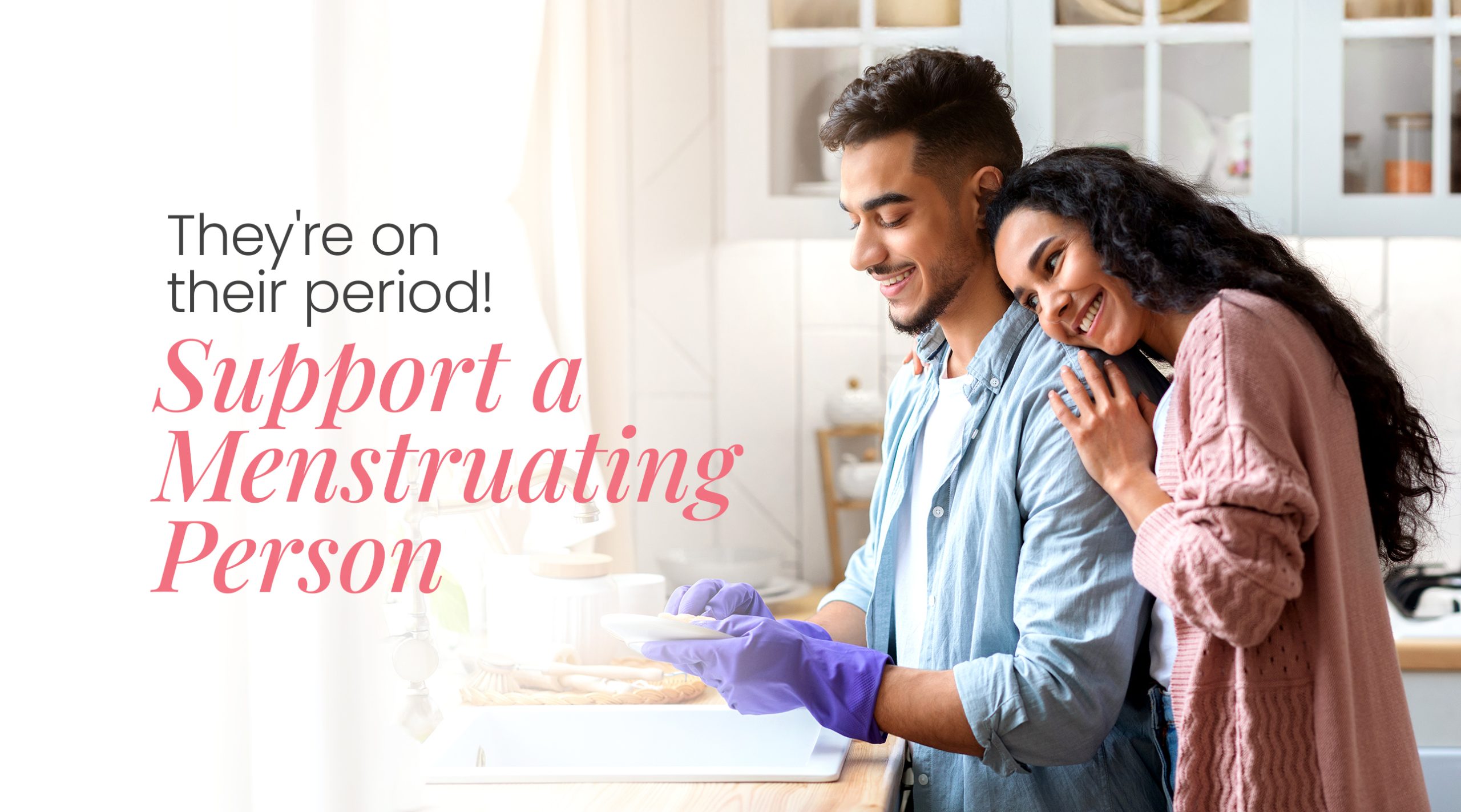

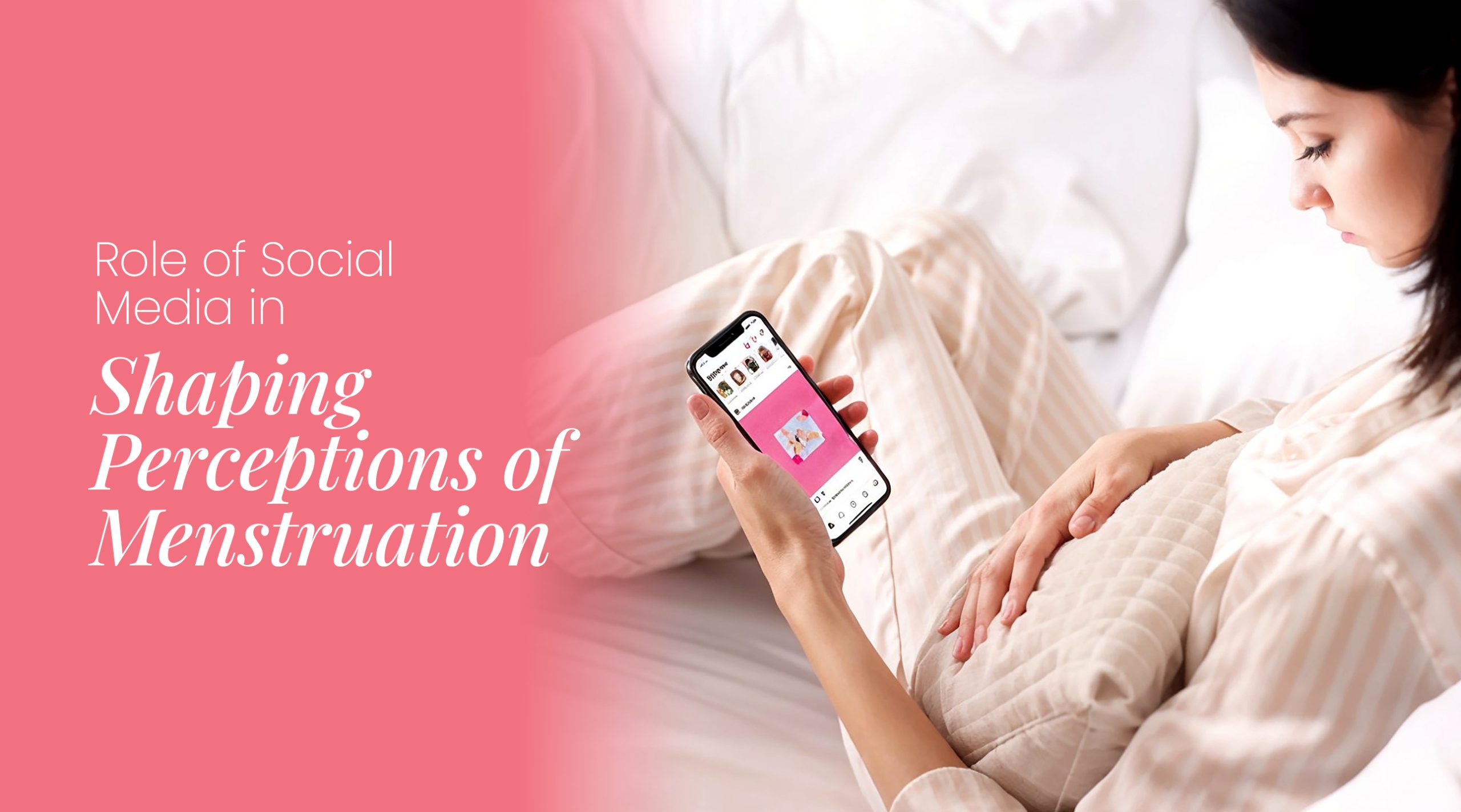

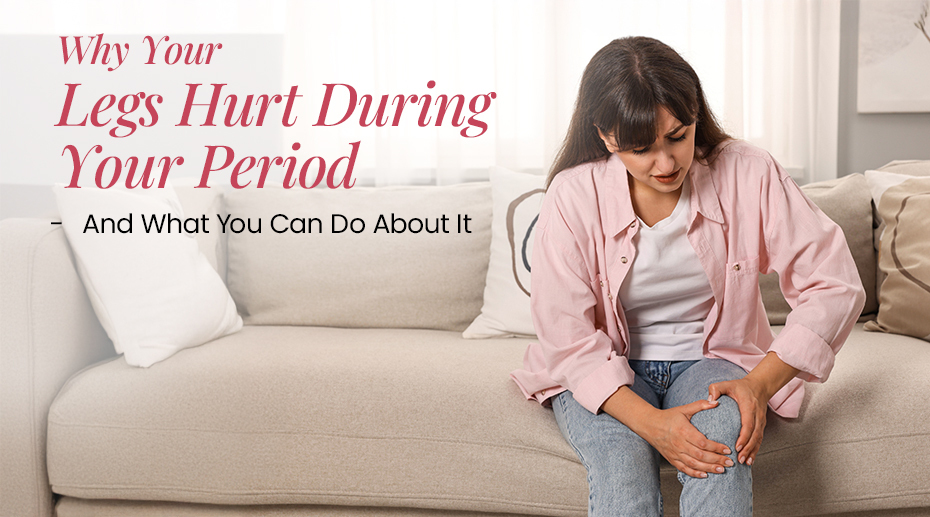
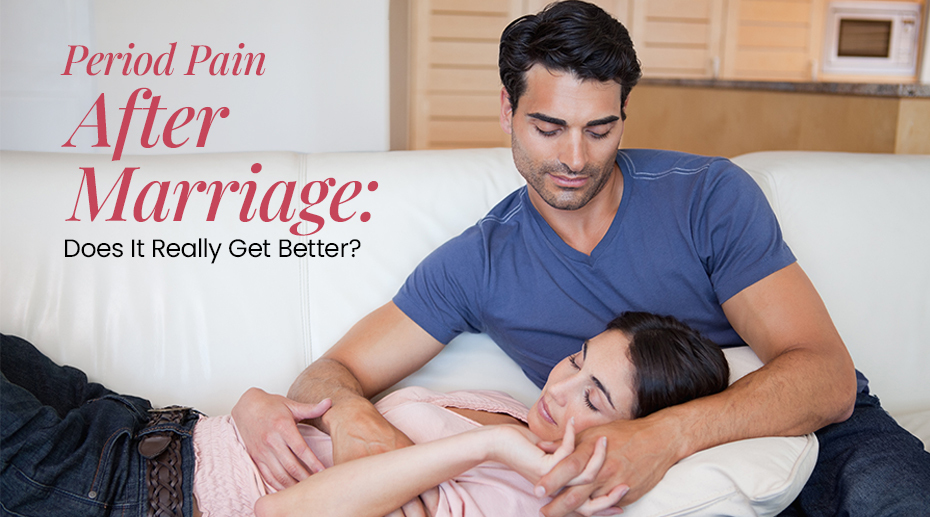
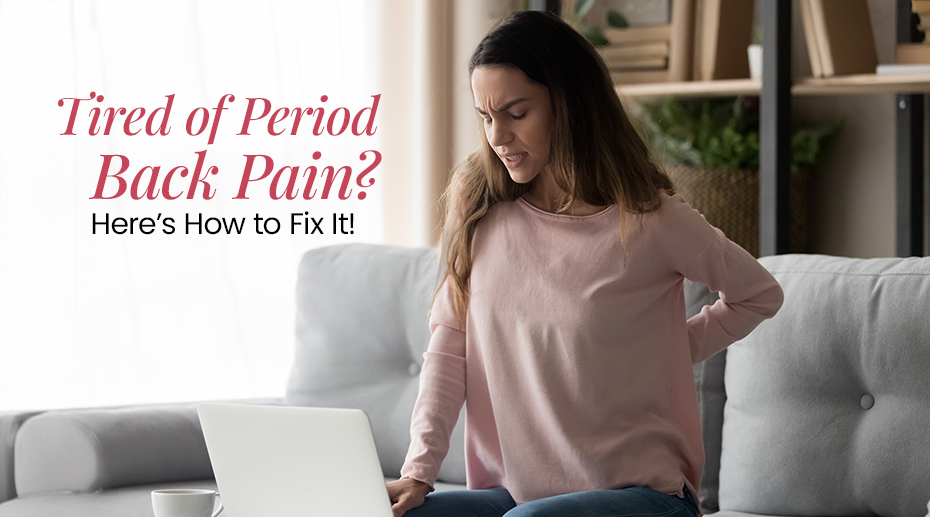
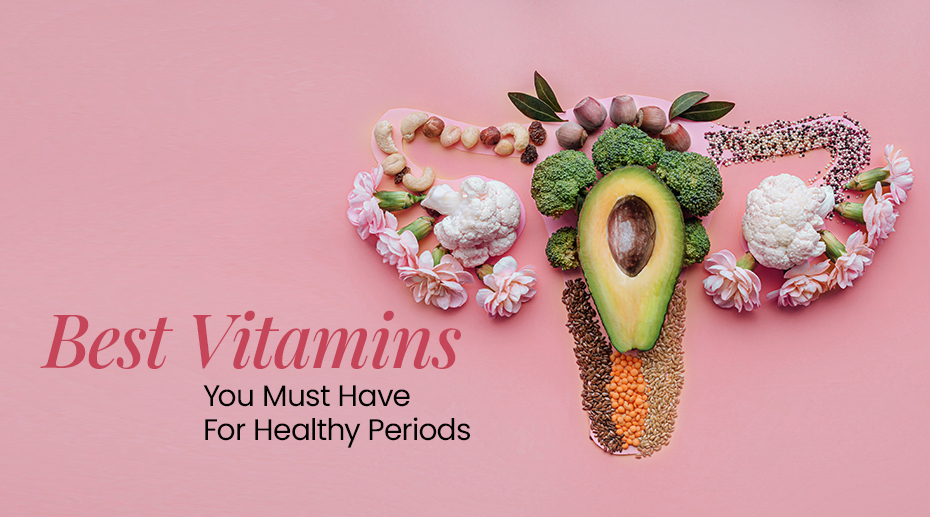
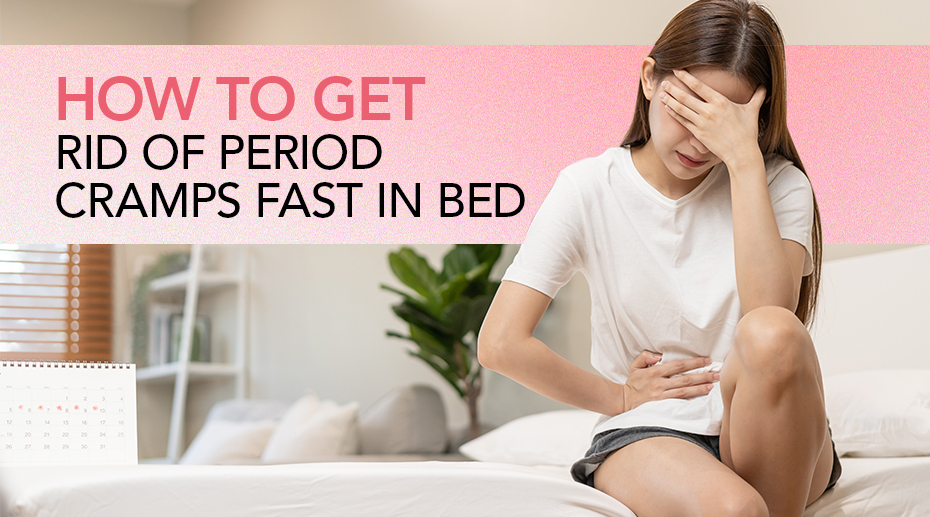

My pain is started before one day of period and remains till 12 to 14 days of my period.It is on the left side of lower abdominal and it is in a certain area not the whole part of my abdomen..but it is severe..ultrasound is normal..but Hsg report is right sided tubal blockage..but my pain is left..pls suggest me. I have suffering from it since 2017
Hello Lakshimi,
Welme is an effective solution for normal period pain that lasts for around 2-3 days. If the pain you are experiencing lasts longer than 4 days and is unbearable, it might be caused by an underlying medical condition. It is always advisable to consult a doctor in this case.